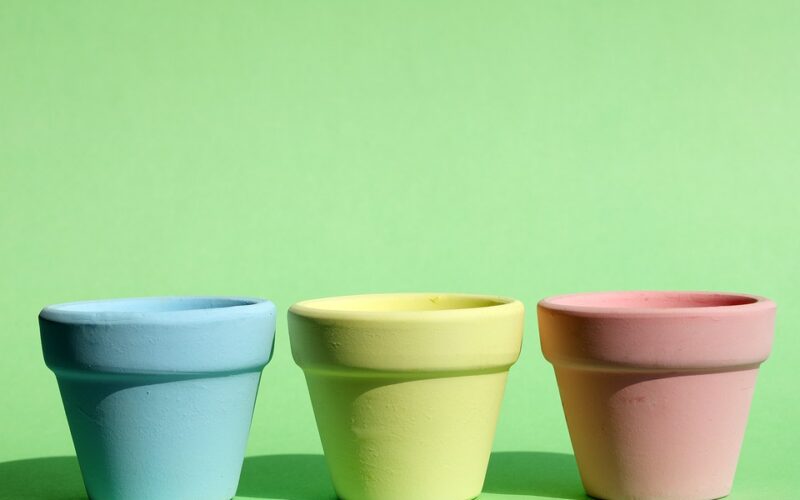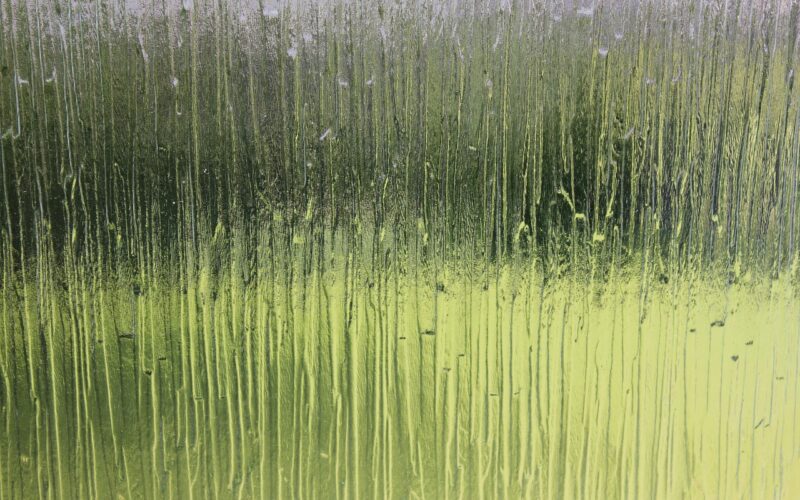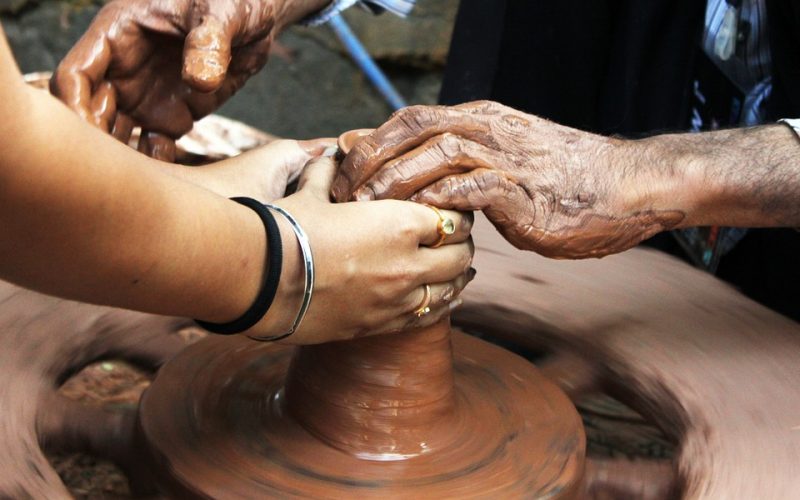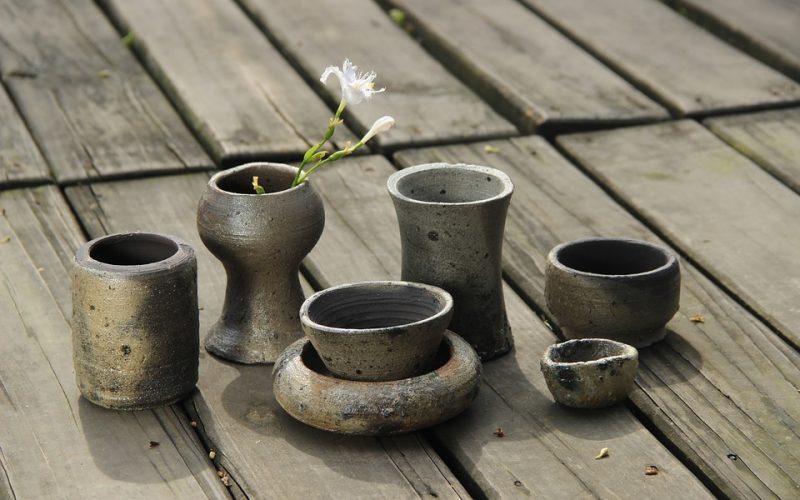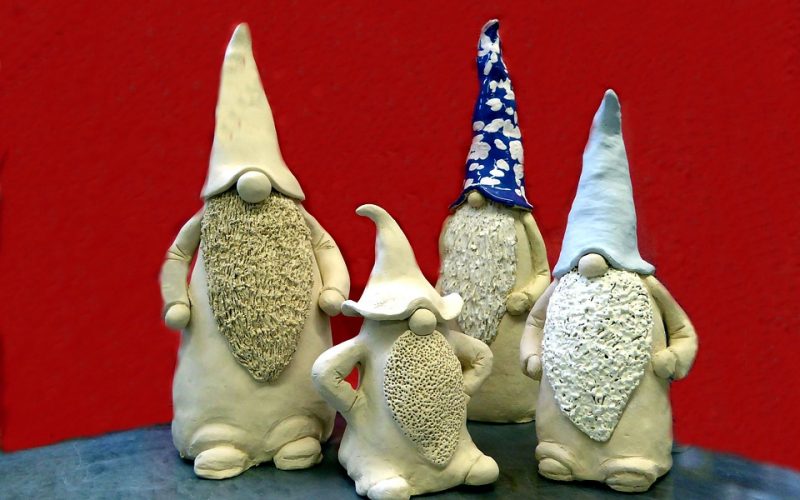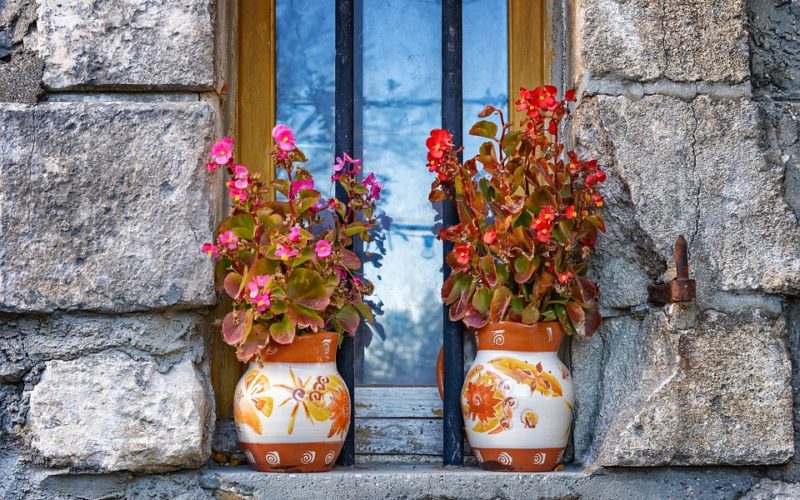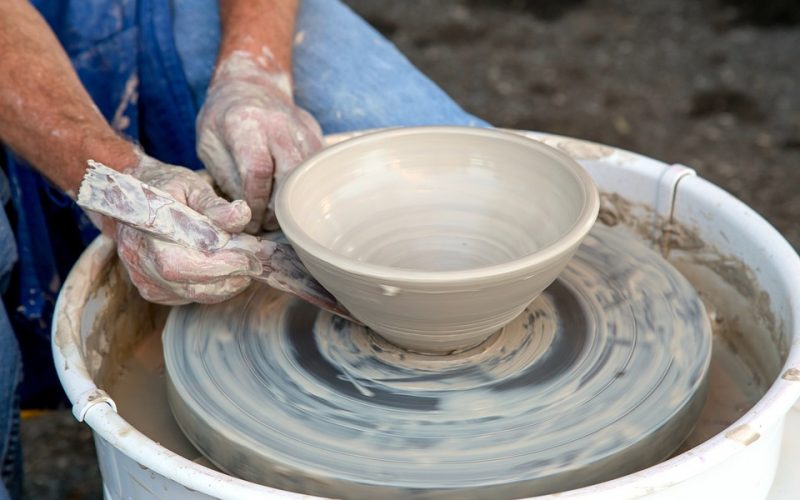Creating Art
Many clay pots have been created over the centuries, but the majority of the oldest ones were more functional than pretty. They were used for food storage, and the only markings on them were often those telling people what was inside. As societies became large enough for leisure time, creating art out of these simple vessels became a way for some people to make a living. Their pots may not have been any better than those of others, but the way they looked attracted enough customers to make it worthwhile to continue practicing their art.
Colours are often what buyers notice immediately, so artisans have generally gone with bright ones to attract attention. Many of the oldest decorations on pottery were stains made with local pigments. These were often extracted from plants in their area, but some artisans were willing to travel quite far to get the right pigments for their creations. Many of those that became cherished throughout the centuries had colours found nowhere else.
Shape may have been important to ancient man, and a slightly different one could have been a good way to become popular among the locals. Artisans creating pots in different sizes and shapes might have seemed more advanced to their customers. Some shapes have retained their popularity over the ages, but others might have only been local due to their lack of function in other societies. Longevity in ancient times might have been more important than a fancy look.
Creativity with everyday objects has long been the function of artisans, and clay pots have offered them a wealth of invention. Different colours applied in a unique pattern might have been their brand of fame, or a new shape could have propelled them to prosperity. The versatility of clay in creating pots still flourishes today in modern societies, and the creative uses of colours and shapes seems to be endless.
